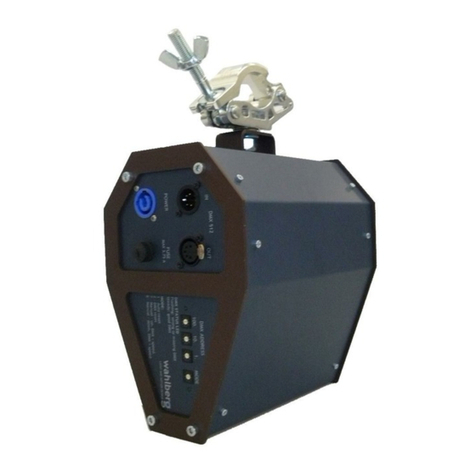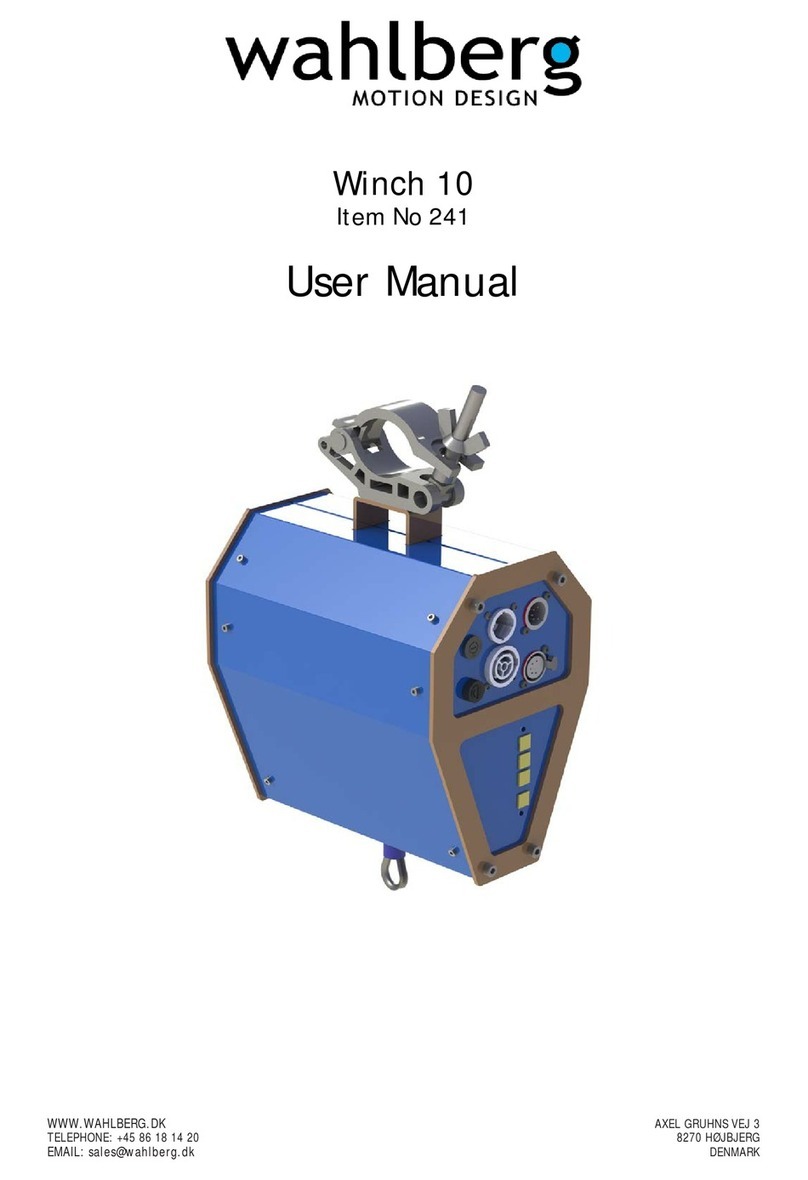
5
805.281.001 Date: March 22rd, 2017
Index
SAFETY INFORMATION 2
INDEX 3
TECHNICAL SPECIFICATIONS 6
INTRODUCTION 8
PACKAGE CONTENT ...................................................................................................................................... 8
DESCRIPTION............................................................................................................................................... 8
AREA OF USE............................................................................................................................................... 9
USING FOR THE FIRST TIME ............................................................................................................................ 9
PHYSICAL INSTALLATION 10
FASTENING THE ROTATOR TO A FLAT SURFACE................................................................................................. 10
MOUNTING THE ROTATOR ON A TRUSS .......................................................................................................... 10
MOUNTING THE ROTATOR IN AN ANGLE......................................................................................................... 10
AC POWER 11
POWER CABLES AND POWER PLUG ................................................................................................................ 11
INSTALLING A POWER INPUT CONNECTOR ON A POWER CABLE ........................................................................... 12
DATA LINK 14
TIPS FOR RELIABLE DATA TRANSMISSION ........................................................................................................ 14
CONNECTING THE DATA LINK........................................................................................................................ 14
ATTACHMENT POWER AND DATA LINK 14
POWER VOLTAGE ....................................................................................................................................... 15
ATTACHMENT CONNECTION PLUG................................................................................................................. 15
CONNECTING THE POWER CABLE .................................................................................................................. 15
CONNECTING THE DATA LINK........................................................................................................................ 15
SETUP 16
MODE SETTING ........................................................................................................................................ 17
DMX ADDRESS SETTING ........................................................................................................................... 19
MANUAL RESET ......................................................................................................................................... 20
POSITIONING............................................................................................................................................. 21
SYNCHRONIZED MOVEMENTS OF MULTIPLE ROTATORS ..................................................................................... 22
SERVICE AND MAINTENANCE 23
MAINTENANCE PLAN .................................................................................................................................. 23
ON-SITE SERVICE........................................................................................................................................ 24
LIFE TIME OF THE ROTATOR.......................................................................................................................... 24
SPARE PARTS............................................................................................................................................. 24
POWER DEFECT.......................................................................................................................................... 24
ROTATOR 281 - CHEAT SHEET 25






























